After almost 40 years of research and fieldwork, Reptiles of Victoria has arrived to fill a niche left empty in the literature for far too long. An extensive, user-friendly and engaging account of the staggering reptile diversity of Victoria, it has certainly become the most important and comprehensive book on the topic. For authors John Coventry and Peter Robertson, it was a project that spanned much of their lifetimes.
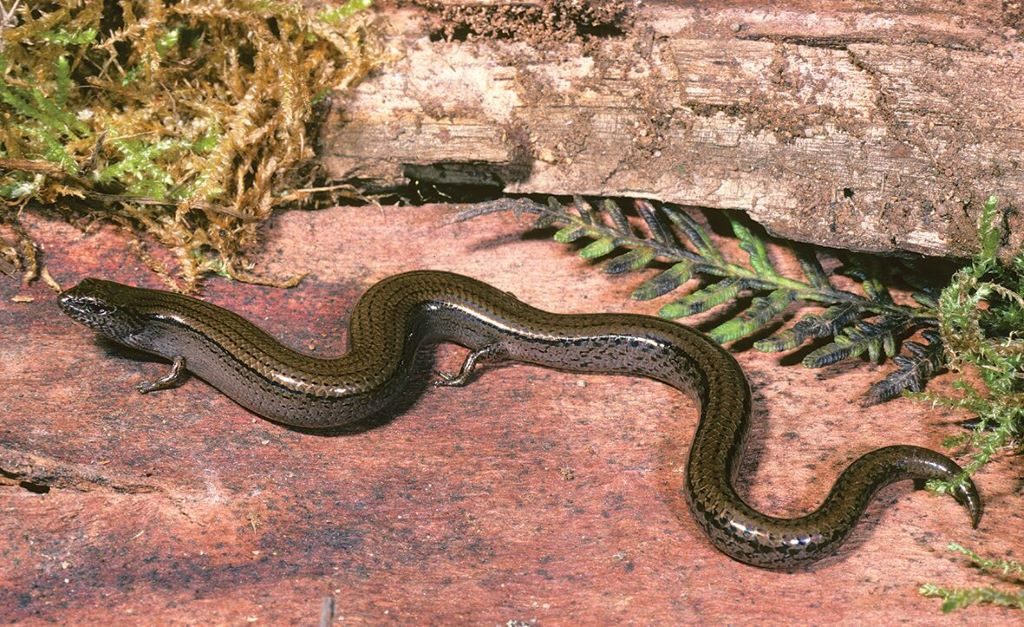
A young Peter met mentor and eventual co-author John at the University of Melbourne in the late 70s, during his Honours studies. John was one of Australia’s foremost reptile experts. He became a leading figure to a generation of fledgling herpetologists throughout the 60s and 70s in his capacity as Reptiles and Amphibians Curator at the Melbourne Museum: a collection to which Peter became a frequent visitor.
Over the years this relationship, according to Peter, turned into ‘a long association of chasing reptiles together, basically.’ Their relationship evolved from an academic collaboration to one of mentor and mentee and, in the end, a lasting friendship.
But for all their work studying Victoria’s reptiles, there remained a glaring hole in the popular literature. Victoria had never had all of its reptiles categorically documented. ‘Most of the other states have their regional reptile guides,’ Peter says. ‘We’ve never had anything like that.’
The two decided to take on the mammoth task of filling that gap – an undertaking the scale of which neither of the men likely realised when they took it on.
They began by creating a summary on Victoria’s snakes, which was published in the form of a little booklet in 1990. But as is so often the case in science publishing, by the time the booklet was released, new discoveries were already rising up to be included in an updated, revised edition.
John and Peter decided that if they were going to update the project, it was time for the rest of Victoria’s reptiles to be added as well. And so began the writing of Reptiles of Victoria.
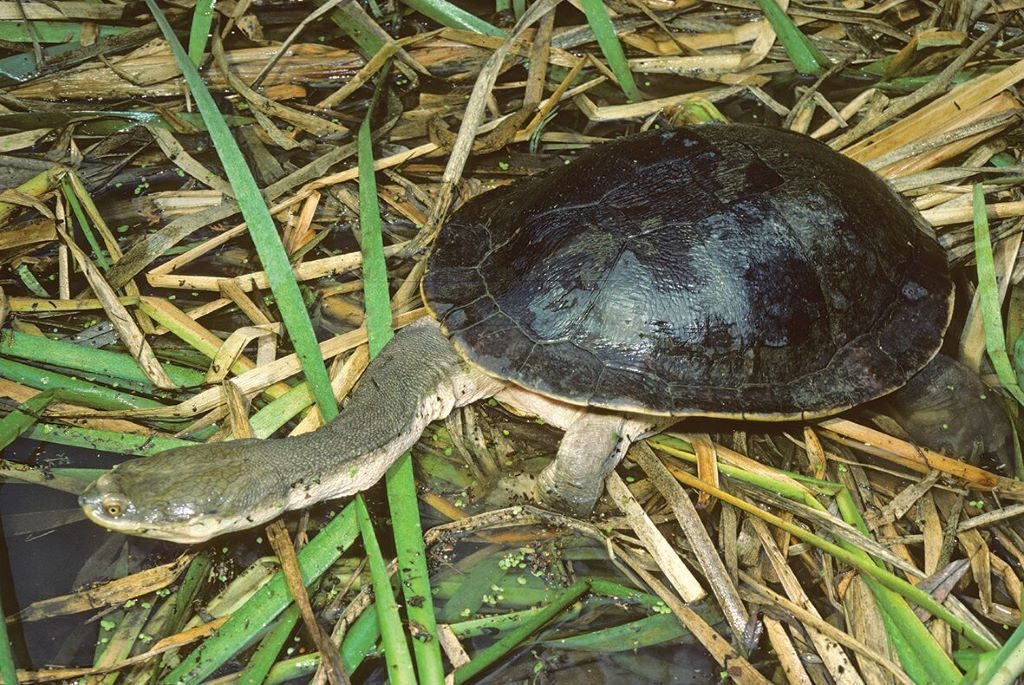
‘John did a lot of the ground work with drafts of species accounts getting the information together. We worked on that on and off for a few years while we were both busy with other things,’ Peter says. ‘And then John died in 2007.’
‘[John] was a great companion in the field, very capable and knowledgeable, and always had tales of early days to keep you amused,’ Peter remembers.
With John’s passing, the completion of Reptiles of Victoria was left to Peter alone. With the task looming so large and Peter having a business to run, the writing of the book was once again placed on the back burner for a number of years.
‘Eventually CSIRO kept pushing to get it done, and I’m glad they did, because…’ Peter pauses to laugh to himself, evidently amazed at just how sizeable the undertaking ultimately became, ‘…now we’ve got there.’
Peter and John have succeeded in making something that will be easy to use for somebody just starting to develop an interest in herpetology, while also being of great use to experienced ‘herpers’ who simply need a more comprehensive resource for Victorian species.
The book provides easy-to-read descriptions of every species of Victorian reptile, complete with an impressive photographic collection that profiles each species. You can read about the ecology of each species, and how to identify them, in remarkable detail.
What strikes the reader on first perusal of the book is the sheer diversity of reptiles of Victoria, and the effort it must have taken to collect them into a single volume. The fact that each species is accompanied often by several images is astounding, and Peter’s photography presents a beautiful identification guide for the reptiles.
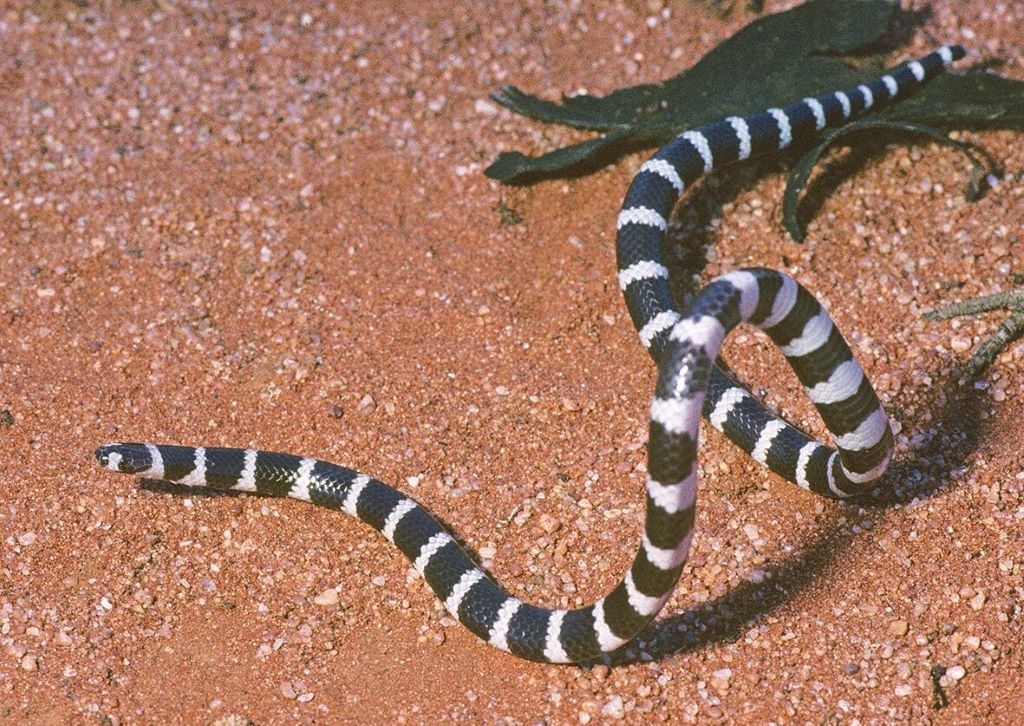
‘I’ve been taking photographs since…’ Peter sighs, seeming surprised, ‘since the ‘70s. So, most of my photos in the book were taken on film. I scanned all those in.’
‘It’s been a long-term ambition of mine to try to get all the Victorian reptiles – and amphibians – covered photographically. So it’s nice to see it all used in the book now.’
When asked if Peter thinks John would be proud of the work, Peter replies, ‘I certainly think he would be. It’s a very nice thing to have to remember him by.’ At the back of the book, there is a photo from John’s final field trip: the two friends sitting around a campfire with a group of colleagues and a dog. ‘John died a day after that photo was taken,’ Peter recalls. ‘So it was very nice to have that there. There’s some solace in that, isn’t there?’
Look for Reptiles of Victoria at your local bookstore or online at CSIRO Publishing.
Banner image courtesy of Peter Robertson and CSIRO Publishing.

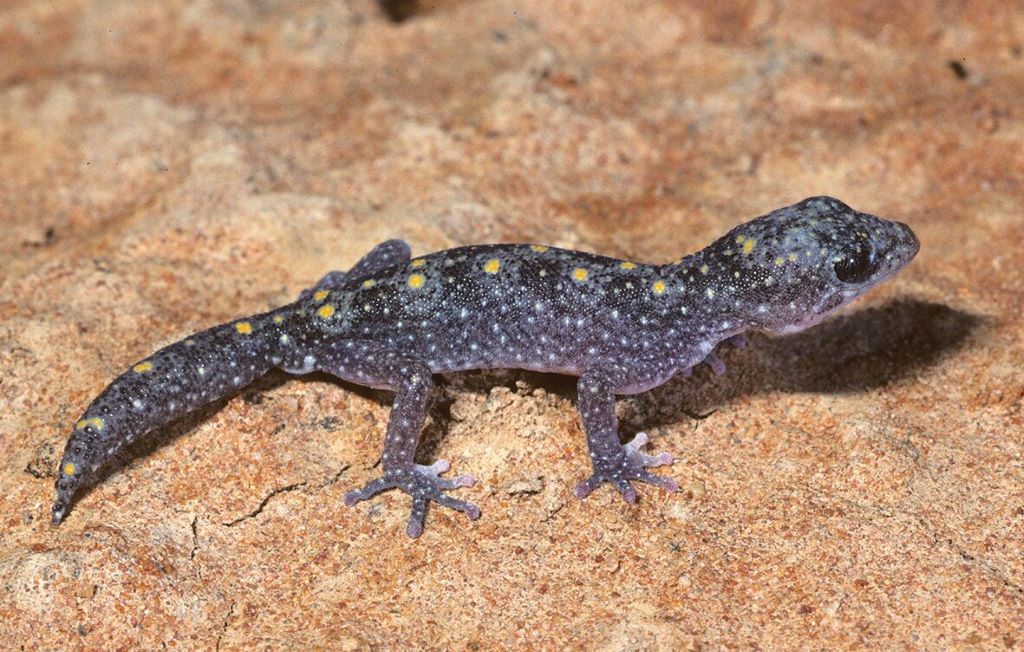
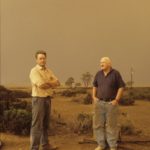
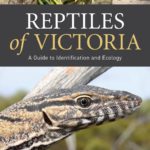
Leave a Reply